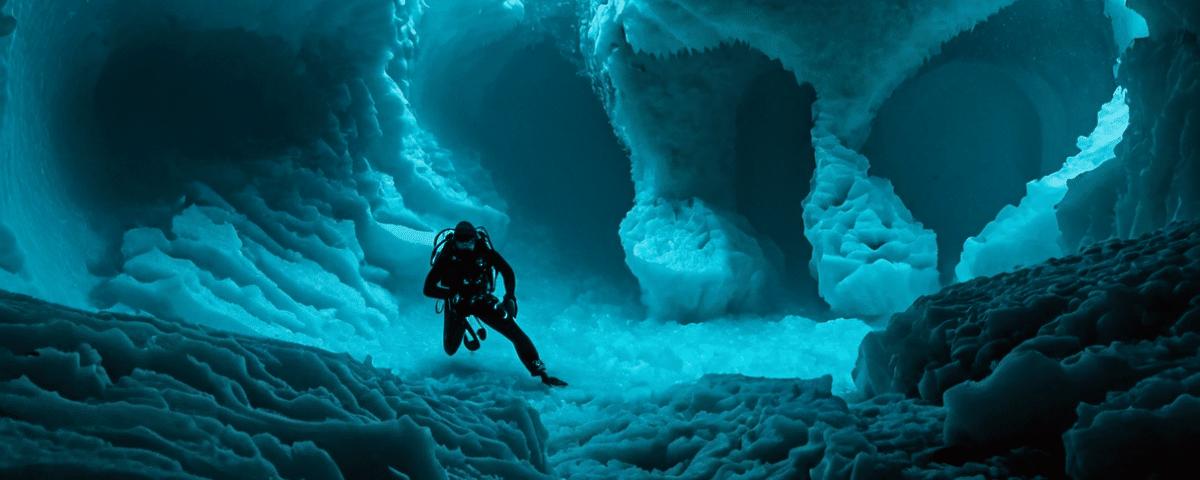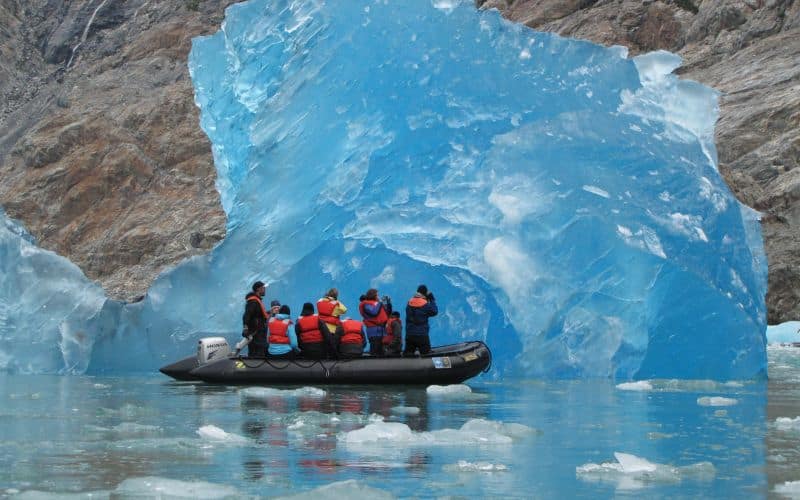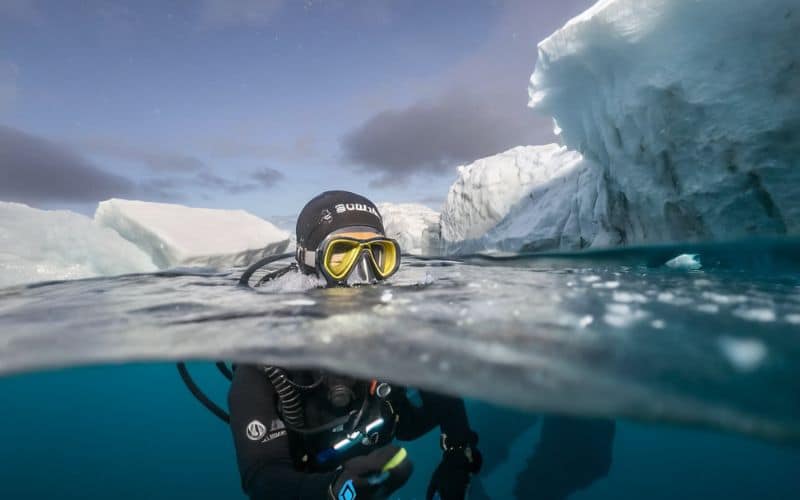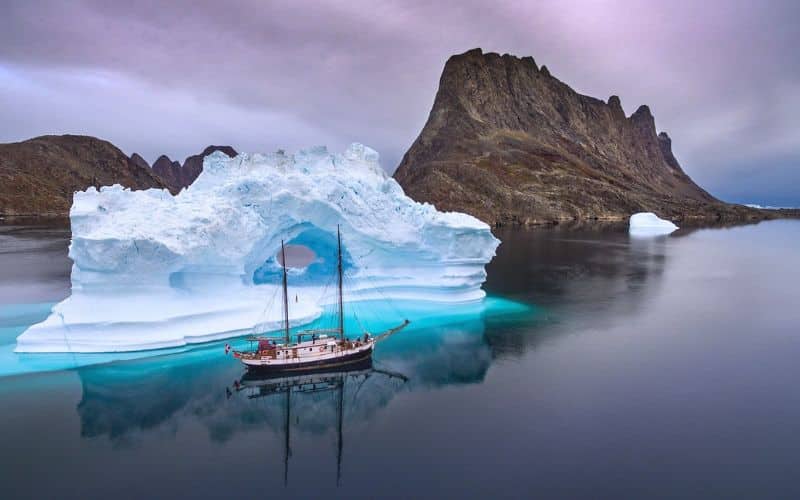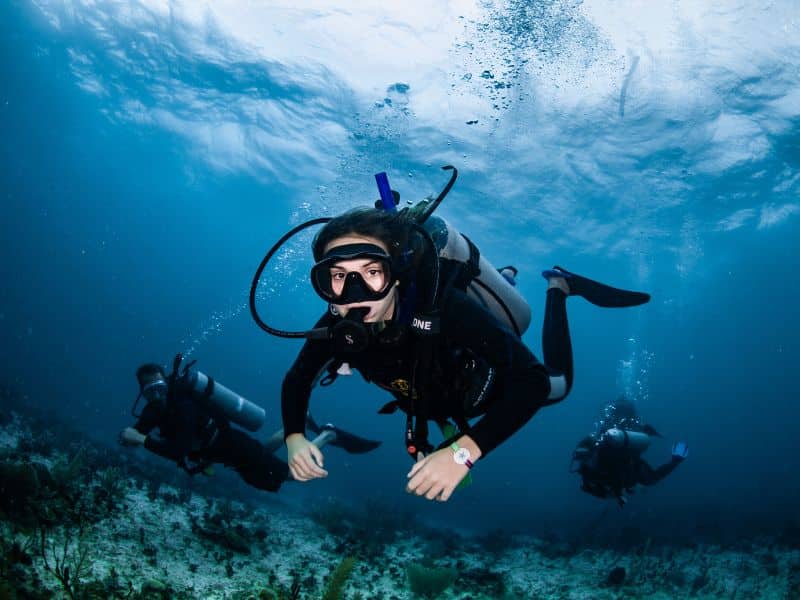Iceberg diving involves exploring gigantic masses of ice that float in the polar ocean. The waters are often milky due to glacier melt and are always, always, always cold. But not just any cold—this is the kind of cold liquids have when they are about to turn into solids.
Yes, we know, diving an iceberg is not for everyone. Ice diving itself is a challenging activity that requires special skills and knowledge. You must be prepared for the low water temperatures, follow strict safety measures, and above all, have absolute respect for the polar environment.
So, tell me, why are you interested in iceberg diving? Are you an experienced diver looking for new challenges? Do you feel like you’ve already seen everything the ocean has to offer? Are you fascinated by marine life, polar ecosystems, and curious about what diving there is like? Or are you an adventurous traveler seeking the “most difficult yet” to get an adrenaline rush? If you answered “yes” to any of these questions, get ready. Today we’re trying iceberg diving!
This is not about selling you an adventure but telling you about a unique experience that only a few can live.




